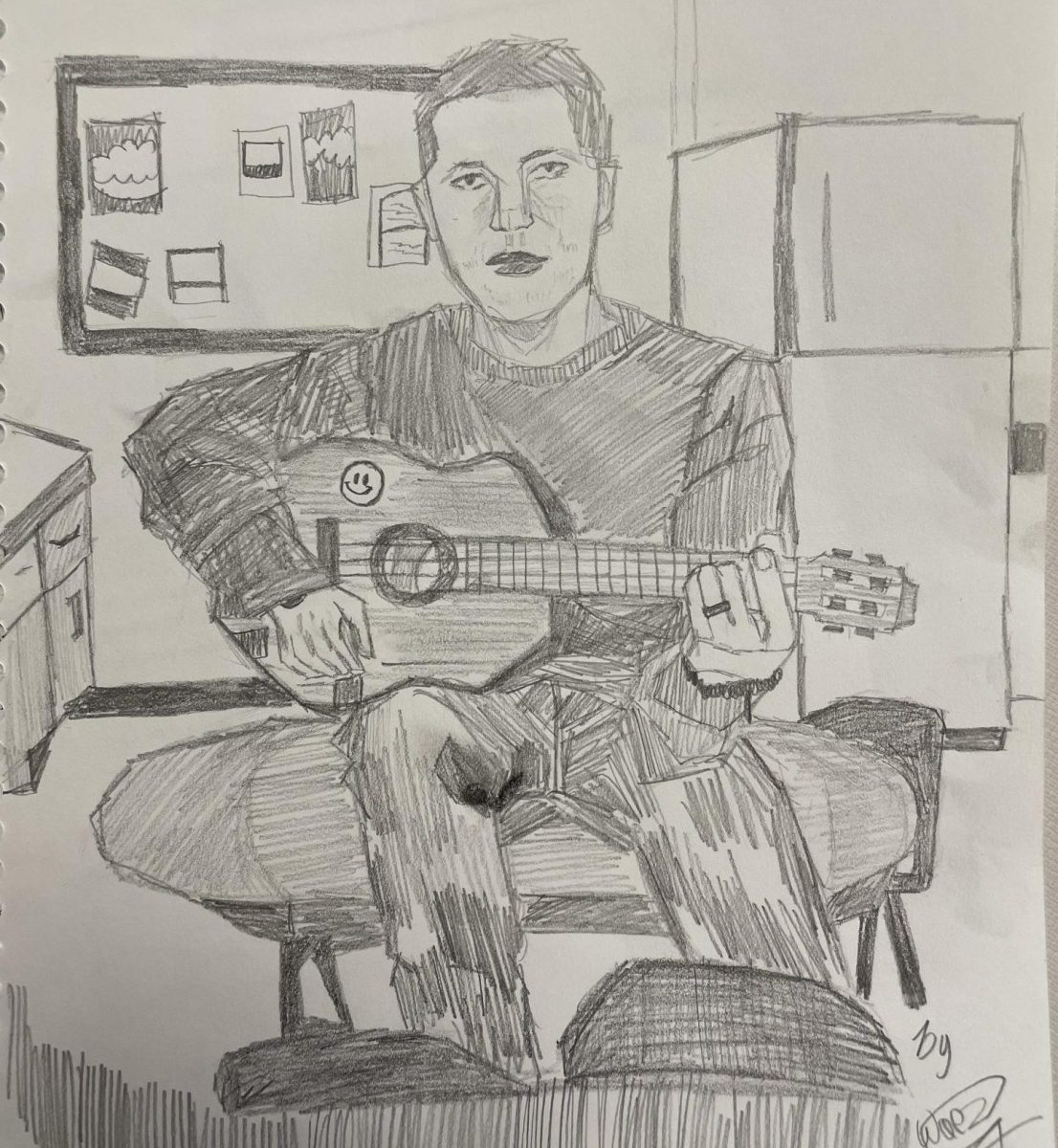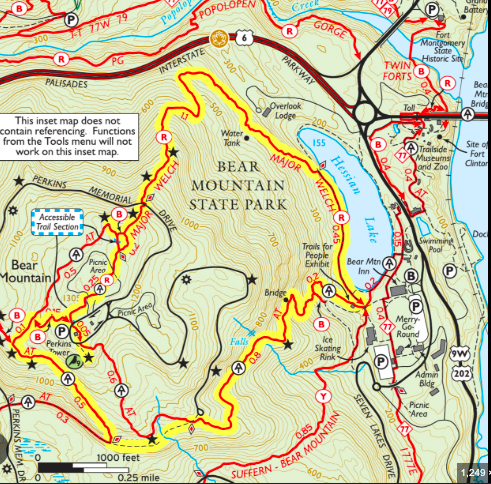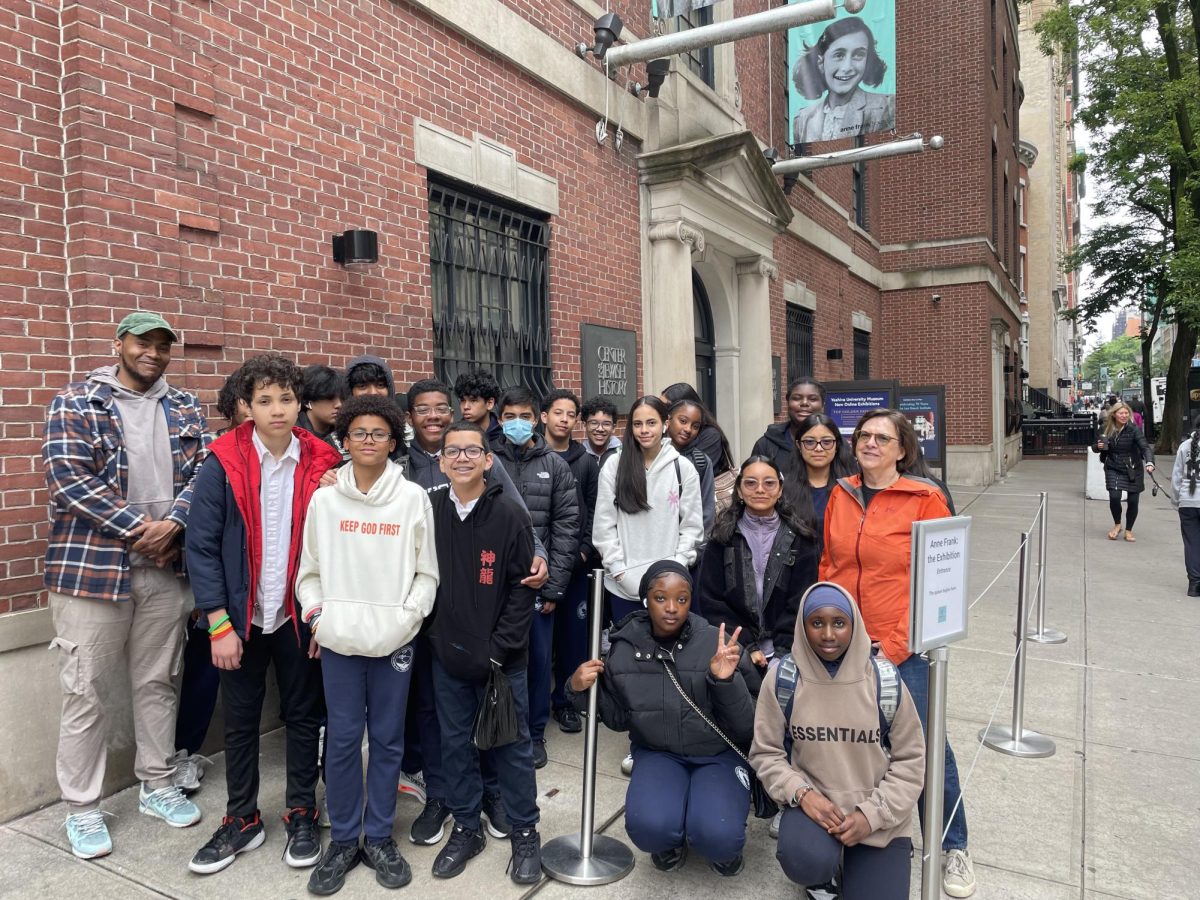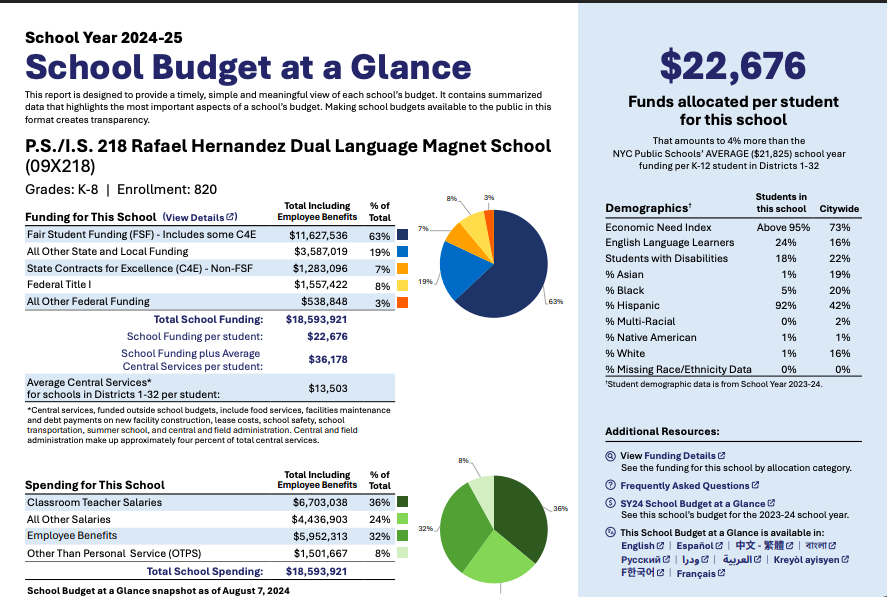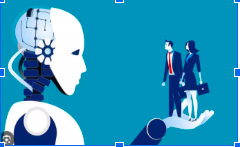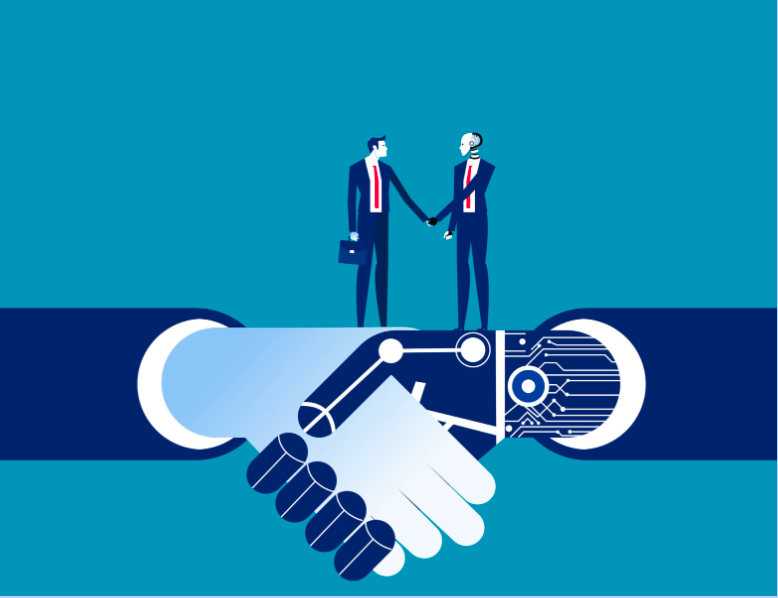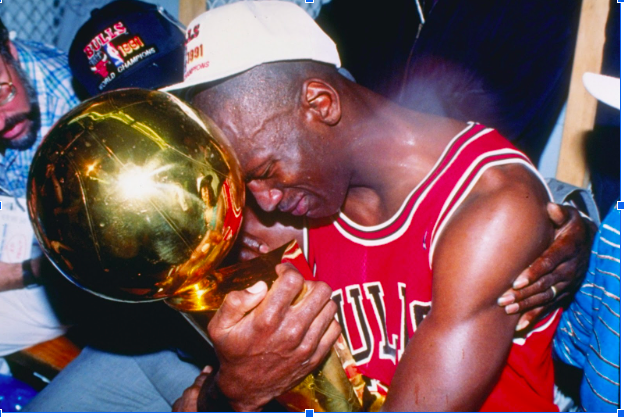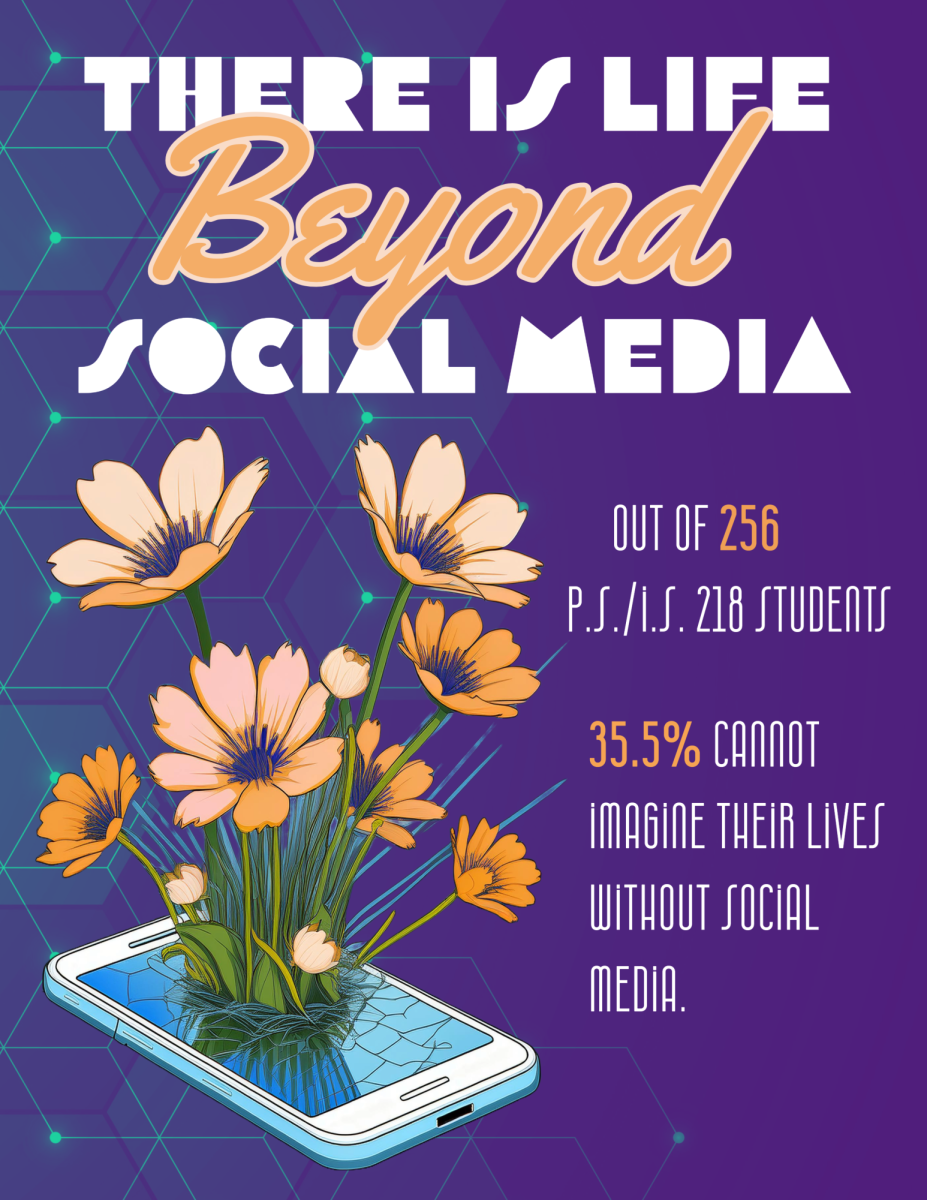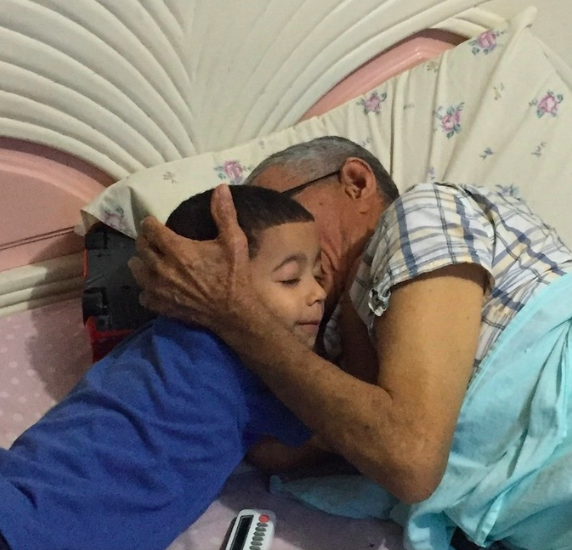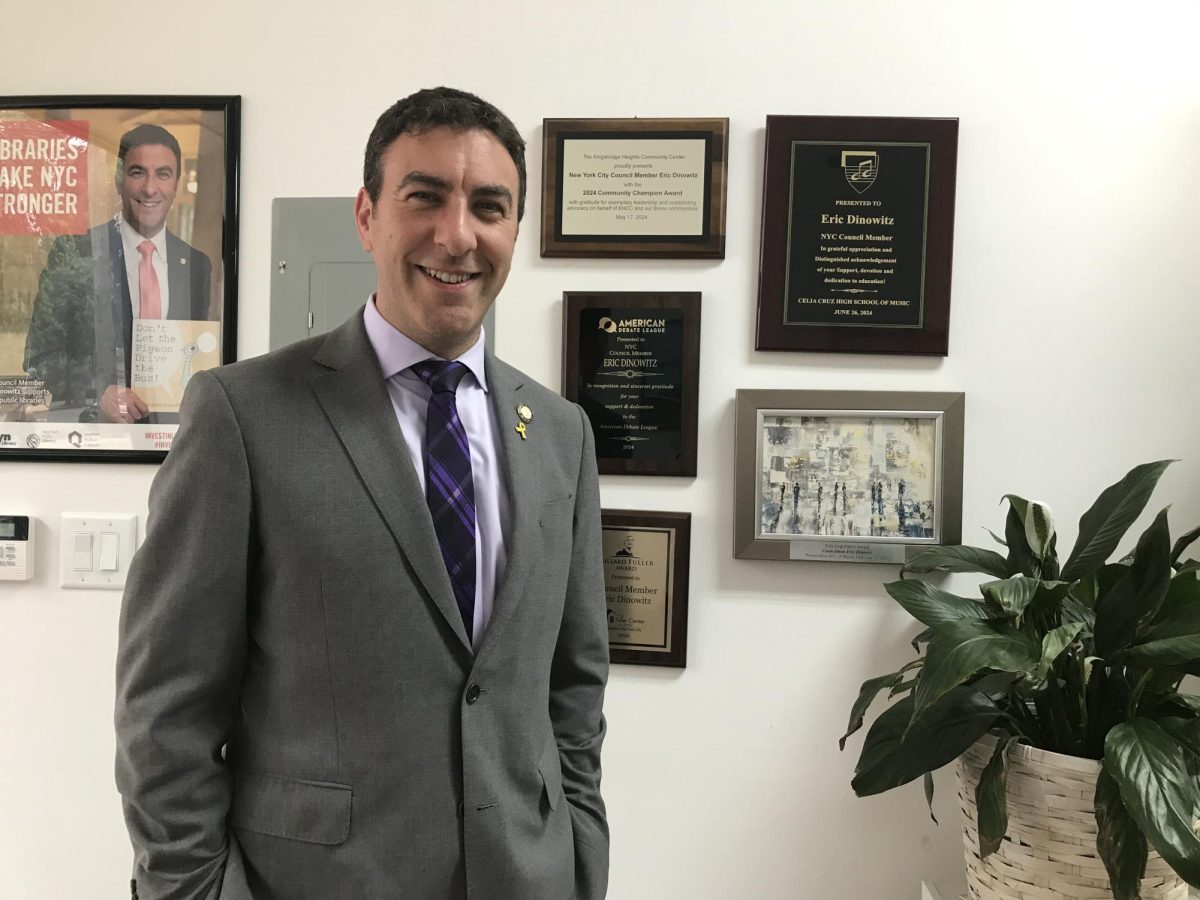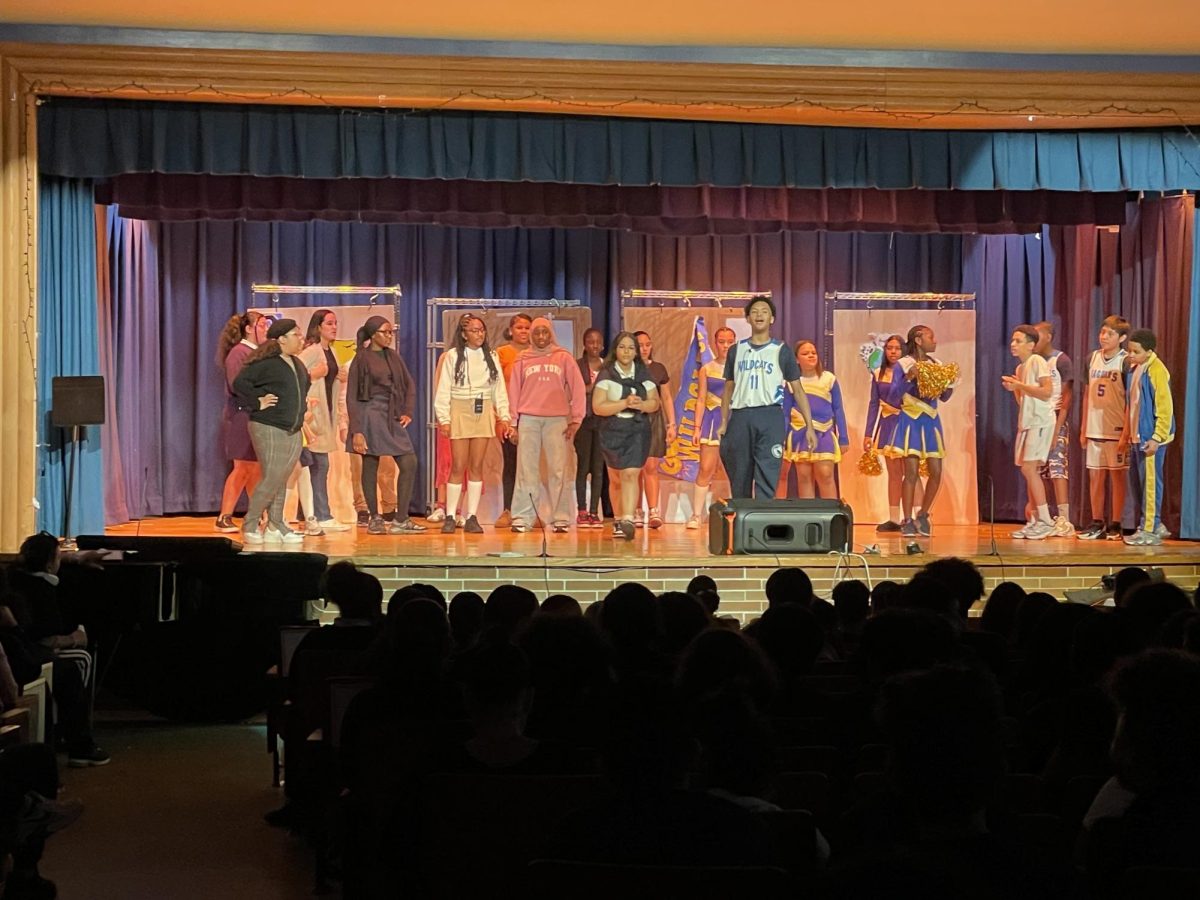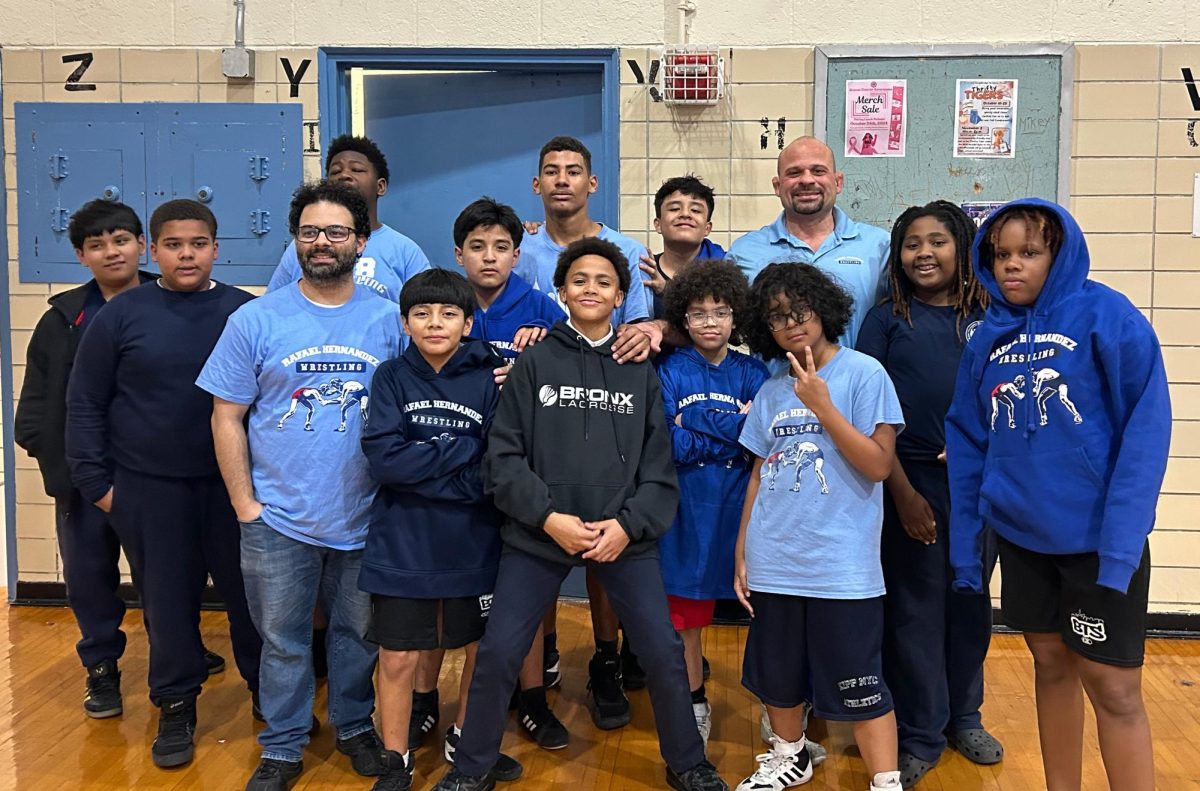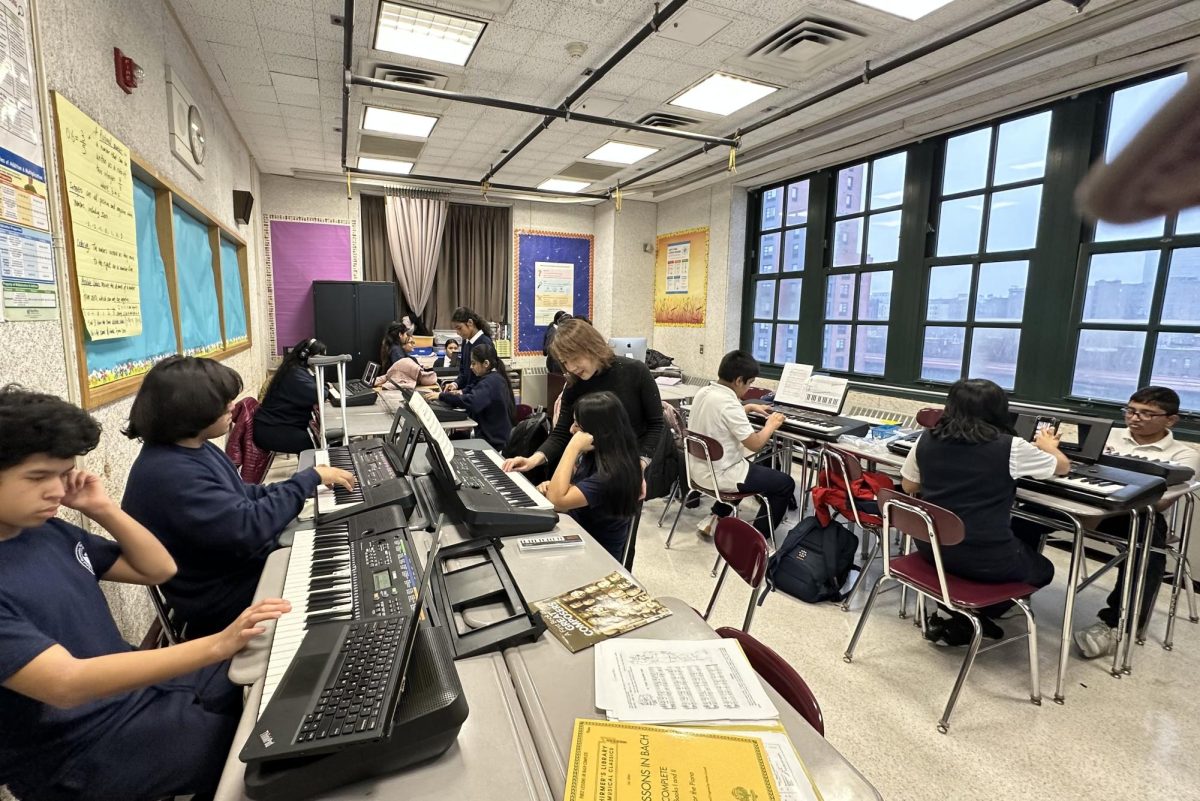Almost 100,00 teens and young adults across the U.S commit suicide due to cyberbullying each year. Fortunately, there haven’t been any of these lethal cases in P.S/I.S 218, but it is clear that a student’s use of social media can lead to a case like this. Social media is a place where people of all ages can interact. Whether it be texting your friends, sharing content or pictures, collaborating on projects, or meeting new people, social media is an outlet for creativity and unity. However, this endless content approach is harmful to PS 218 students in a variety of ways, so much that students are more harmed than helped by their use of social media. Due to the fact that social media provides an outlet for cyberbullying, depletion of self-esteem, and a loss of academic achievement.
According to several sources, a student’s use of social media interferes with their academic performance. In a recent interview, An eighth grade student I interviewed at P.S/I.S 218 states that: “I think social media distracts me when I’m studying, which lowers my test scores and my homework grades because of social media, since it’s so easy to use.” This quote explains that students like him spend more time on social media than they do studying, due to the easy access approach of social media. Social media’s availability in teens is dangerously high, most P.S/I.S 218 students even carrying their cellphones with them during class. In paragraph 16 of her article, Catherine Steiner-Adair states: “Studies show that multitasking with social media makes homework take longer. It also weakens short-term memory and long-term memory. Students who used social networking scored twenty percent lower on tests, and had lower grades compared to those that stayed off social media until their work was done.” This piece of evidence clearly explains that students who spend more time on social media during homework have lower grades, showing how social media is harmful to not only PS 218 students, but also students in general.
Social media also provides an outlet for teens to cyberbully each other. In paragraph 7 of her article, Steiner-Adair writes: “Plenty of teens have found themselves entangled in social drama made worse when posts went viral. At the most tragic extreme, social media has provideda platform for cyberbullying. In a study of teens and social media use, nine out of ten teens reported that they had seen bullying online.” This detail explains that 90% of teens have either experienced, performed, or witnessed cyberbullying on social media, meaning that this 90% includes PS/IS 218 students. Social media is one of the main ways PS 218 students communicate while they aren’t at school. In her article, Steiner-Adair reports: “Distance from the person you’re communicating with can lead you to behave differently than you would face to face. You become impulsive, quick to act and react, even when it carries a risk. You feel less inhibited, more likely to say mean or careless things without a thought to the impact of your words, or the consequences.” This detail explains how since teens are behind a screen and not face-to-face, they are much more likely to be rude towards each other and bully others. Since 218 students communicate through social media so often, this kind of bullying and cruelty is much more common between our students.
Some people may argue that social media boosts self-esteem due to websites or apps that promote body positivity or self-acceptance. However, this viewpoint does not consider the fact that many teens compare themselves to other people on social media. In a recent interview, eighth grader at 218 stated that: “I compare myself to many people on social media by either comparing their achievements or their physical appearance to mine.” This is an example of depletion of self-esteem. Like many of his peers and friends, he compares himself to people he doesn’t even know on social media. Self-comparison lowers self-esteem drastically, because it allows people to focus on what they don’t have versus what they do have. Out of 92 students surveyed at PS 218, 25% reported that social media has affected their body image and self-esteem. This example shows that social media is a place where young teens, including our 218 students, compare themselves on social media. Body image and confidence is very important in our teen years. Since the majority of teens are going through puberty, their body image and self-confidence can go up and down. Social media is full of pictures of attractive people, and young teens can see these photos and think “Why can’t I look like that?”. Social media can worsen the self-confidence of our students at 218, when self-acceptance is the most important.
In the end, P.S/I.S 218 students are much more harmed than helped by their use of social media. Social media provides an outlet for students to be cruel to each other, compare themselves to people they don’t know, and distract themselves from their academic achievements. PS 218 students are highly involved with social media, it being the main way they interact outside of school. Students witness all kinds of cruelty to others in school, and it only becomes worse when they are behind a screen and feel less inhibited. A student’s self-esteem relies on how they look and what their peers think of them. If their peers can be cruel whenever they want, a student’s self esteem can lower dramatically. Many bullied teens end up committing suicide, ending up in about 50,000 lethal cases each year. If students continue to use social media as a vessel for bullying, these cases will only increase, and some of the victims could be from 218.

